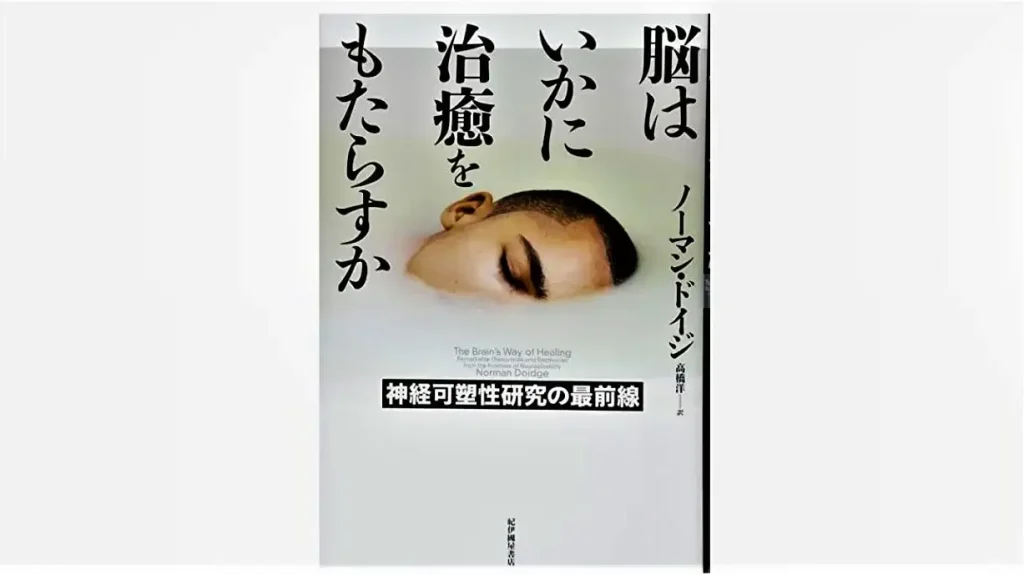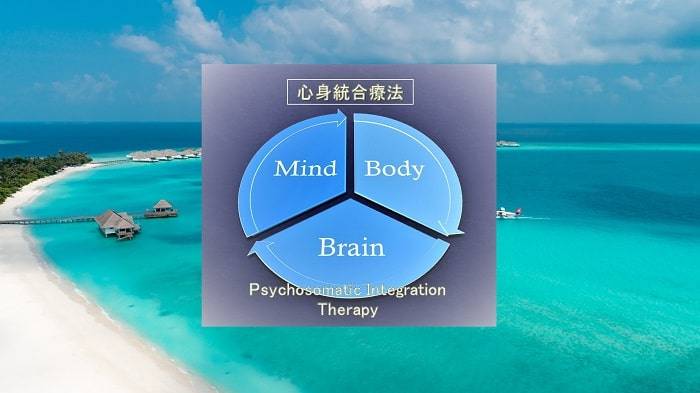
当会が一般教材として重視するノーマン・ドイジ氏の著作「脳はいかに治癒をもたらすか」。
この中で紹介されているトマティス・メソッド(聴覚トレーニングの一種)では、骨伝導スピーカー付きヘッドホンで音楽を聴く事が重視されています。
骨伝導については補聴器やイヤホンにも応用されており、頭蓋骨を介した振動を脳に伝える手法として知られていますが、一般に骨が振動を伝える例として真っ先に思い浮かぶのは、耳の奥にある骨でしょう。
200個以上ある人体の骨の中で一番小さな骨、それは耳小骨「つち骨、きぬた骨、あぶみ骨」。わずか2~3mmという本当に小さな骨ですが、鼓膜に伝わる振動を22倍に増幅させるという、たいへん優れた振動伝達器になっています。
このように頭蓋骨や耳小骨に備わっている振動を伝える特質は、実は他のすべての骨にも大なり小なり備わっていることが分かっています。
一般に骨というものは骨格を支える部材-硬質かつ無機質なイメージ-と捉えられていますが、実は優れた
さらに、こうした振動伝達機能は骨のみならず、関節および皮膚・筋肉・靭帯などの軟部組織にも備わっていることが以下の実験によって示されています。
解剖実習用のホルマリン固定されたヒト湿潤脛骨(膝から下の骨)を対象に、その共振周波数や減衰比および振動モードが関節や軟部組織の有無によって、どのような影響を受けるかについて比較検討した有名な実験があります。
これによれば、関節や軟部組織は振動を吸収するだけではなく脛骨と一体となって振動していることが分かりました。このことから皮膚や筋肉の緊張変化はダイレクトに骨に影響を及ぼすことが分かったのです。
この事実は臨床上の観察と合致します。シンスプリントや脛骨疲労骨折の症例では患側下肢の筋肉および皮膚の緊張異常を認めるケースがほとんどです。精細な触診を行えば必ず分かります。
とくにアスリートに認められる下肢の筋協調性の乱れ-たとえば屈筋と伸筋の同時収縮-は、抗重力作用の低下と共に骨への圧縮応力の増大を招き、ヤング率(変形強度レベル)の低下にも繋がります。
余談ですが、筆者は大学(建築学科)時代、コンクリートの圧縮実験の最中、ふと頭の中で「人間の骨で同じ実験をしたらどうなるのかな?」と想像してしまい、その直後コンクリートが破壊された瞬間、自分のすねにズキンと痛みを感じて驚いた経験があります。
今にして思えば、その体験はその後の自分の人生を見事なまでに暗示していました(苦笑)。そのような痛みについて、まさか自身がソフトペインと命名することになろうとは夢にも思いませんでしたが…。
話を元に戻します。先に述べたように疲労骨折の多くの症例において、患部周辺の皮膚や筋肉の緊張変化が認められます。チキンオアザエッグ(骨折するから緊張が変化するのか、それとも緊張が変化するから骨折するのか)と思われるかもしれませんが、筆者の臨床データでは、ほぼ間違いなく後者だと確信しています。
つまり疲労骨折に先んじて皮膚や筋肉の過緊張あるいは低緊張が生じているのです。
人体の骨格はテンセグリティ近似モデルに相当します。世界的な幾何学者として知られる梶原泰司氏はテンセグリティの共振特性について詳しい報告を行っています(こちらのページで「共鳴テンセグリティモデル」の映像がご覧いただけます)。
その内容から類推されるのは、人間の骨格ひいては骨においても独自の共振メカニズムが潜在しており、これが物理的に優れた弾性力、反発力を体現しているのではないかと筆者は考えています。
皮膚や筋肉の過緊張あるいは低緊張が強くなると、こうした骨格内在モデル(共振特性)が損なわれることで弾性能力が低下…。すると下肢骨は荷重やジャンプ等の衝撃に対して応力を分散することができなくなり、これがシンスプリントや疲労骨折に繋がるというのが、筆者が提唱する「テンセグリティ疲労骨折理論」です。
つまり骨格としてのテンセグリティ共振が損なわれることで、骨の物理的強度が低下するという考え方です(テンセグリティで言えば、圧縮材は骨、張力材は皮膚と筋肉に相当)。
では、人間はどのようなときに皮膚や筋肉の過緊張あるいは低緊張を来すのか?
この原因こそが脳過負荷(オーバーロード)なのです。そしてこれが長く続くと「脳恒常性機能不全(BD)」(脳のエネルギーバランスが崩れたまま戻にりくい状態)に陥ります。その背景にはメンタルの問題、慢性炎症やグリア細胞の機能低下等が想定されます。
したがって、シンスプリントや疲労骨折の症例に対しては、患部の治療はもとよりオーバーロードならびに脳恒常性機能不全(BD)に対するケアが最大限重視されます。
すなわちメンタルケア、食事指導(グルテンの問題からFODMAPに至るまで)、ボデイワークを組み合わせた認知科学統合アプローチ(COSIA)です。
しかし、こうした視点を持つスポーツ整形外科医は皆無であり、そのため現状においては日本認知科学統合アプローチ(COSIA)学会に所属する一部の医療者のみが、アマチュアやプロのアスリートの疲労骨折に対してハードとソフト両面からの施術を行っています。
下の記事の中でテンセグリティと人体骨格と圧電構造の関係について説明しています。
認知科学統合アプローチ(COSIA)に興味のある方へ
画像ラベリングと痛みの原因診断が乖離する現状において、世界疼痛学会(IASP)は痛みの定義を改訂し、「痛みの感情起源説」にシフトしています。
COSIAに興味のある方は是非一度「医療者・セラピスト専用サイト」にお越しください。貴殿のご参画をお待ちしております。



